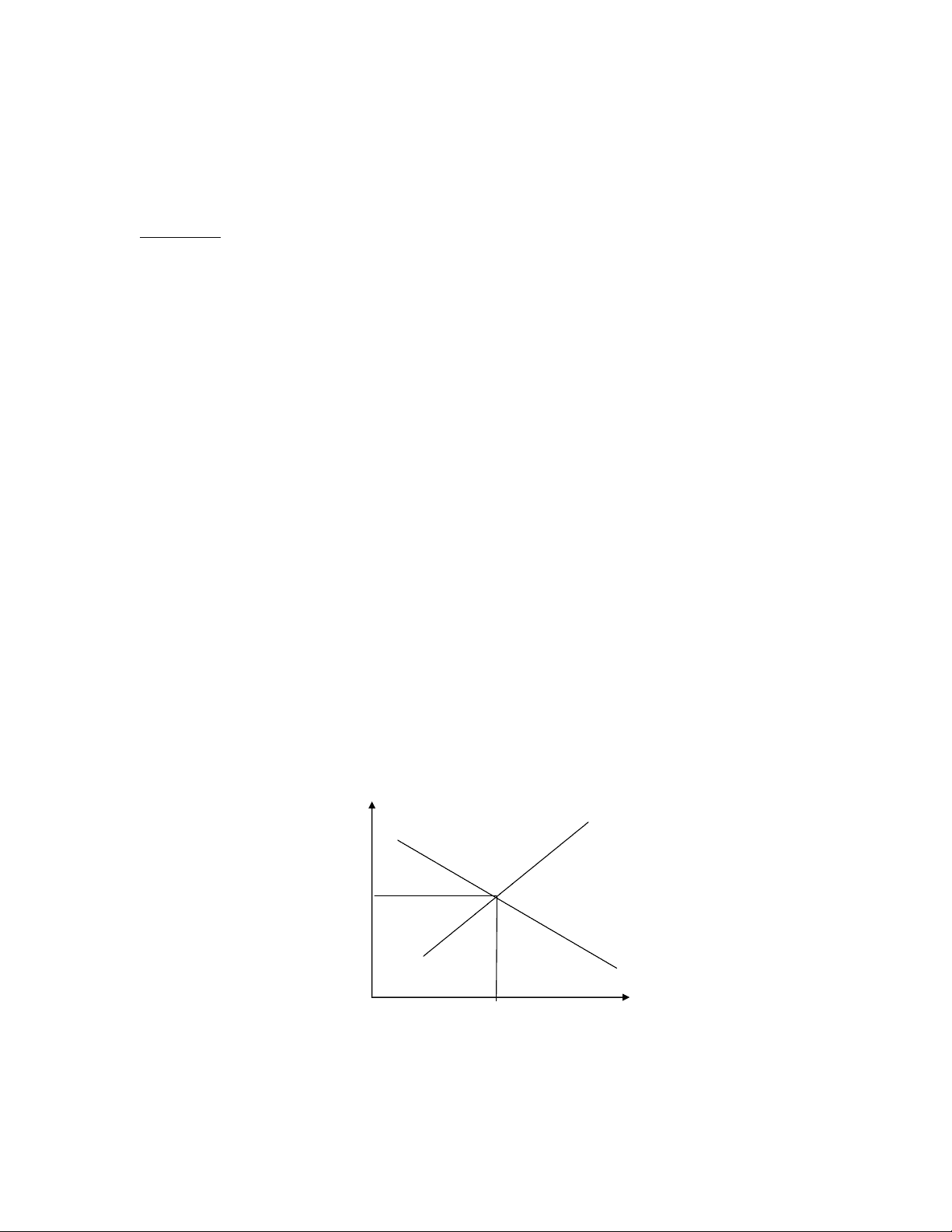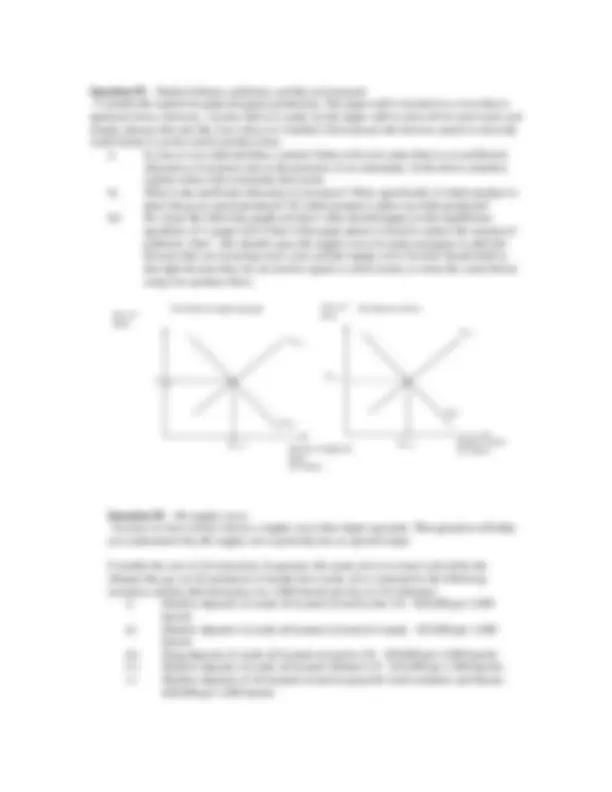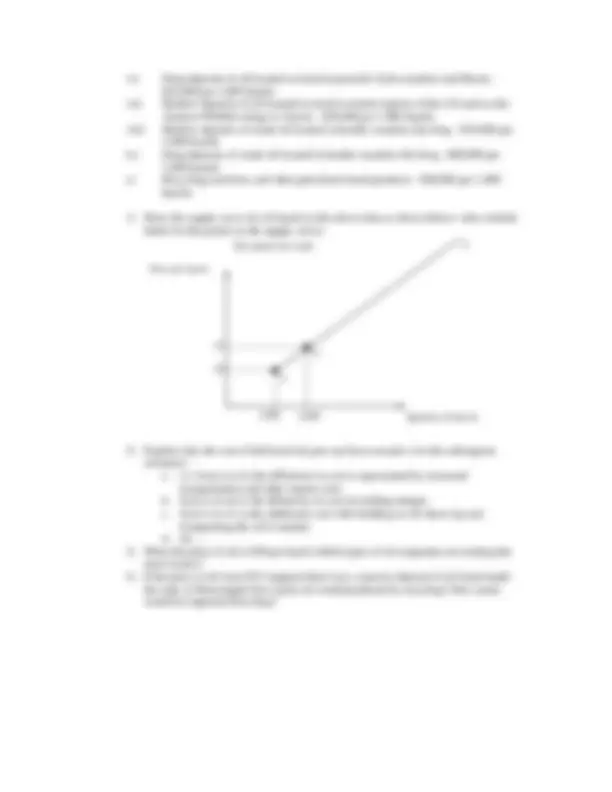




Study with the several resources on Docsity

Earn points by helping other students or get them with a premium plan


Prepare for your exams
Study with the several resources on Docsity

Earn points to download
Earn points by helping other students or get them with a premium plan
Community
Ask the community for help and clear up your study doubts
Discover the best universities in your country according to Docsity users
Free resources
Download our free guides on studying techniques, anxiety management strategies, and thesis advice from Docsity tutors
Material Type: Assignment; Class: Basic Economics; Subject: Economics; University: University of Southern Mississippi; Term: Unknown 1989;
Typology: Assignments
1 / 4

This page cannot be seen from the preview
Don't miss anything!



Instructions: Complete the following questions and turn in your solutions at the end of the class lecture on the date due. Remember to include your name and student number on your submitted document.
Question #1 – Definitions i. Change in supply ii. Change in quantity supplied iii. Change in demand iv. Change in quantity demanded v. Market failure vi. Pollution vii. Externality viii. Social cost of production ix. Luxury good x. Emission fees xi. Pollution permits xii. Marginal cost xiii. Rising marginal cost xiv. Subsidy
Question #2 – Elasticity of demand
Price of Alcohol ($/ bottle of vodka)
Quantity of Alcohol (# of bottles of vodka)
S
D
Q *
P *
The Market for Alcohol
Price of Heroin ($/ unit)
Quantity of Heroin (# of units)
S
D
Q *
P *
The Market for Heroin
Price
Quantity
S
D (^) inelastic
D (^) elastic
Q *
P *
P /
government decides there is too much heroin use after it has been legalized and it decides to reduce consumption of this drug by imposing an excise tax (basically a tax on each unit consumed). In which scenario (i.e. with an elastic demand or an inelastic demand) will the tax be more effective in reducing consumption and why (hint – the “why” will have something to do with elasticity)?
vi) Deep deposits of oil located on land in peaceful Arab countries and Russia - $45,000 per 1,000 barrels vii) Shallow deposits of oil located on land in remote regions of the US such as the Alaskan Wildlife refuge in Alaska - $50,000 per 1,000 barrels viii) Shallow deposits of crude oil located in hostile countries like Iraq - $55,000 per 1,000 barrels ix) Deep deposits of crude oil located in hostile countries like Iraq - $60,000 per 1,000 barrels x) Recycling used tires and other petroleum based products - $80,000 per 1, barrels
Price per barrel
S
2,
25
20
1,
The market for crude
Quantity of barrels
ii)
i)